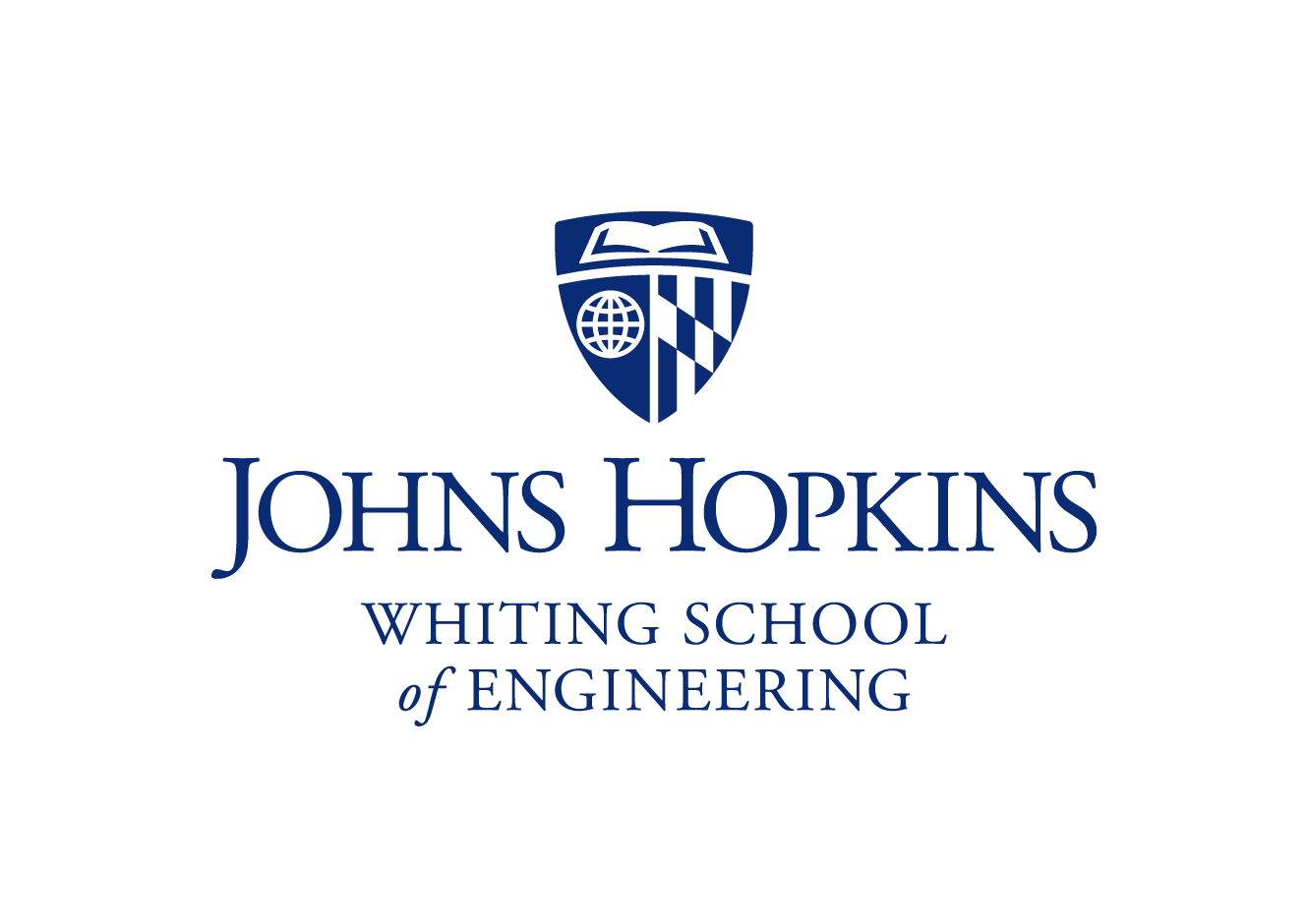

Najim Dehak's Laboratory
Department of Electrical and
Computer Engineering
Center for Language and
Speech Processing
3400 North Charles Street
Barton Hall 304
Baltimore, MD 21218
Tel #: (410) 516-2847
email: ndehak3@jhu.edu

This course will focus on the use of machine learning theory and algorithms to model, classify and retrieve information from different kinds of real world complex signals such as audio, speech, image and video. Different techniques such as PCA, LDA, GMM, k-Means, HMM and Neural Networks are studied in detail. The students will carry out a weekly coding assignment and a summatory final project.
In this course, students will actively learn the basic principles of artificial intelligence and machine learning techniques applied to medical applications, as well as medical concepts common in healthcare environments. Throughout the course, students will explore different types of bio-signals such as electroencephalograms, electrocardiograms, sound, medical imaging, and their associated processing methodologies. The primary objective is to give students the tools they need to be able to develop new artificial intelligence-related ideas in biomedical environments. At the end of the course, students will apply their newly acquired knowledge to complete a cumulative final project dealing with a real-world situation. Students are expected to be familiar with linear algebra. Python coding skills are recommended, as there will be one coding assignment every week.
In this course, the students will acquire the skills of solving complex real world Electrical and Computer Engineering problems using computational modeling tools. This course will covert two aspects ofsolving those ECE problems. The first aspect consists of learning to map ECE tasks to mathematical models. The second aspect consists of introducing the students to the basic of computational algorithms needed to work with the models, and programming such algorithms in MATLAB.
The course consists of a reading group exploring novel algorithms and papers on artificial intelligence and machine learning in medical applications. In this course, students will analyze the latest techniques and trends in machine learning (ML) for medical applications. They will also actively discuss basic methodologies traditionally employed. Students are expected to be familiar with linear algebra and machine learning. The primary objective is to give students the tools they need to be able to understand new ideas and trends relating to the use of machine learning in biomedical environments and other fields.